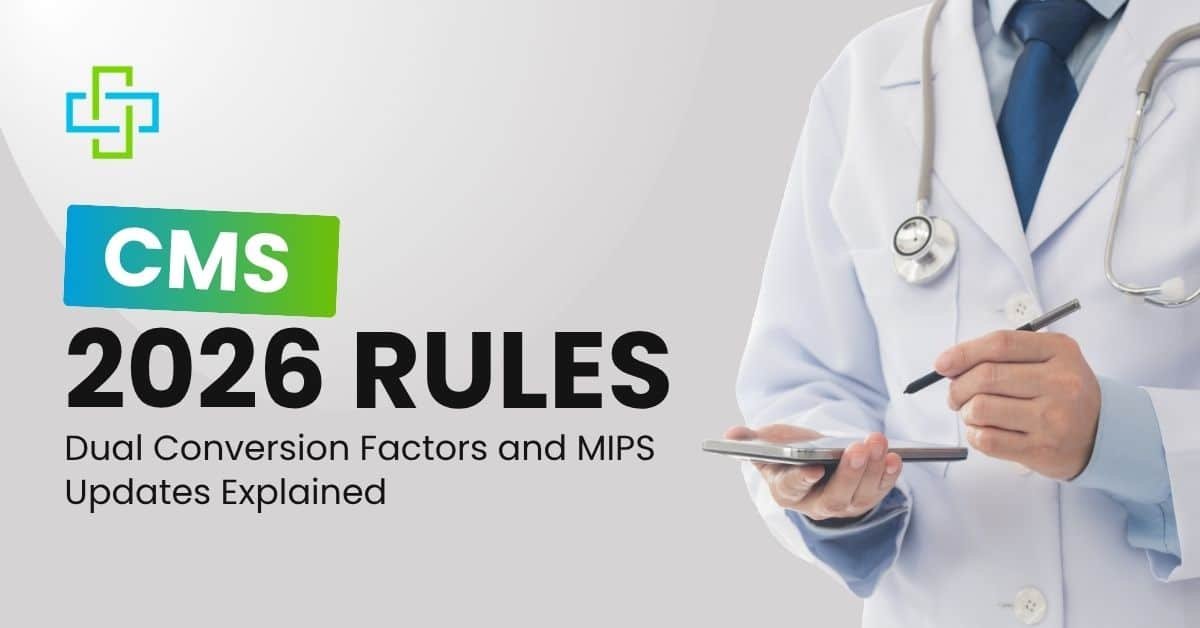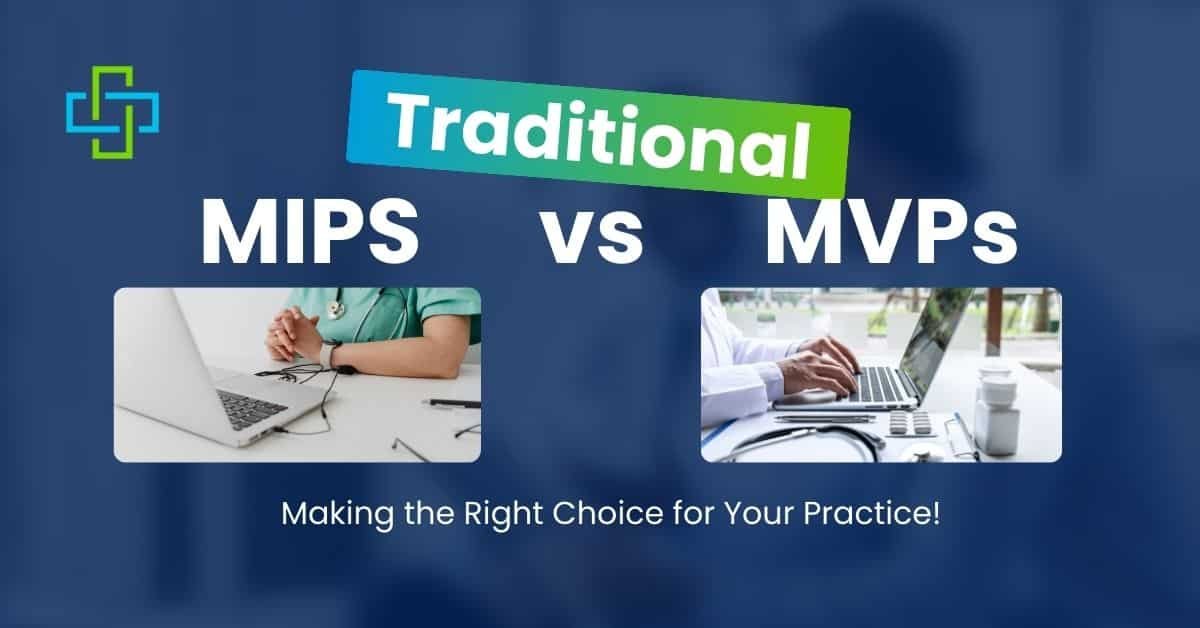Hospitals and clinics across the country are changing how they handle billing. AI in revenue cycle management has become a common tool, with almost half of all hospitals now using these computer systems. Medical billing workers who used to do everything by hand are finding much easier ways to get their work done.
The move away from paper forms happened quickly in recent years. Healthcare businesses had trouble with too many rejected claims and not enough money coming in using old methods. Computer programs now handle insurance claims, check patient coverage, and collect payments much better than people could do alone. This new technology helps solve real money problems that hospitals and clinics face every day.
Revenue Cycle Management
Revenue cycle management covers all the steps hospitals take to get paid for treating patients. The process starts when someone walks through the door and ends when the bill gets paid.
Healthcare workers handle several key tasks:
- Writing down patient information
- Checking insurance coverage
- Adding medical codes to treatment records
- Sending bills to insurance companies
- Processing payments when they arrive
- Fixing rejected claims
These tasks used to eat up entire workdays. Office workers spent hours typing patient details into computers, calling insurance companies to verify coverage, and mailing claim forms.
How AI In Revenue Cycle Management is Making Everything Better?
Smart computers and AI in revenue cycle management have stepped up to handle the grunt work that used to bog down healthcare offices for hours. These digital assistants can scan through medical records, complete tedious paperwork, and even haggle with insurance companies without breaking a sweat.
These systems don’t need coffee breaks or sick days. They grind through work around the clock, which translates to quicker reimbursements and way less stress for medical staff dealing with billing nightmares.
AI Tools Actually Moving the Needle
A handful of companies have made the best out of healthcare automation and AI in revenue cycle management:
- Smart Medical Coding: Platforms from 3M and Optum digest physician notes and spit out accurate billing codes faster than any human coder could manage.
- Automated Claim Systems: Change Healthcare and Availity built platforms that fire off claims and track their progress without anyone babysitting the process.
- Rejection Prevention Tools: Advanced systems learn from claim denials and catch recurring issues before they torpedo future submissions.
- Payment Prediction Software: EPIC and Cerner rolled out AI that flags patients likely to struggle with medical bills, giving providers a heads-up before payment problems snowball.
Real Numbers Show Clear Benefits
Healthcare facilities using AI in revenue cycle management report major improvements in their financial operations. Medical billing departments see processing costs drop significantly after switching from manual methods. Facilities using AI in revenue cycle tools achieve a significant reduction in claims review times.
During 2024, automated systems and AI in revenue cycle management helped healthcare organizations collect billions. The market for these billing technologies grew from $40.77 billion in 2024 to $334.6 billion by 2034.
What Makes AI Different from Regular Software?
Traditional billing software works like a checklist. These programs follow the same steps every time without changing. Modern AI in revenue cycle management works differently because it studies patterns and adjusts its methods based on what happens.
Healthcare facilities using these learning systems report fewer billing mistakes over time. When automated programs notice that insurance companies reject claims from specific medical practices more often, they mark those submissions for closer inspection. This pattern recognition helps billing departments catch potential issues before claims get sent out.
Comparing Old Ways vs New Ways
The Old Way:
- Staff manually enter patient information
- Claims take days to prepare and submit
- Denials require hours to research and fix
- Payment posting happens one transaction at a time
The AI Way:
- Systems capture information automatically
- Claims go out in minutes, not days
- AI predicts and prevents many denials
- Bulk payment processing handles hundreds of transactions at once
The difference in AI in revenue cycle management and older times is like comparing a horse and buggy to a sports car. Both get you where you’re going, but one is clearly faster and more efficient.
Real Benefits Healthcare Providers Are Seeing
- Faster Payments: Money comes in weeks sooner when AI handles the paperwork.
- Fewer Mistakes: Computer systems don’t have bad days or make typing errors.
- Lower Costs: Less staff time means more money stays in your pocket.
- Better Patient Experience: When billing works smoothly, patients are happier too.
- More Time for Patient Care: Staff can focus on helping people instead of pushing papers.
What About the Challenges?
Many billing department employees express concerns about job security when hospitals introduce new technology like AI in revenue cycle management. Staff members often struggle to learn unfamiliar computer systems during busy workdays.
Automation improves efficiency and reduces costs, but allows staff to focus on complex cases requiring human intervention. Billing workers typically transition into oversight roles where they review automated processes and handle unusual situations that computers cannot resolve.
Most healthcare facilities provide comprehensive training when implementing new AI in revenue cycle management systems. Employees generally adapt to the technology within a few weeks of hands-on practice. The goal involves removing repetitive data entry tasks so experienced workers can tackle more challenging billing problems that require medical knowledge and insurance expertise.
Which AI Solution is Right for You?
Healthcare facilities choose different automation levels based on their patient volume and billing complexity. Small medical practices often start with basic automation tools that handle routine tasks. Large hospital systems typically require comprehensive revenue cycle management services that cover patient registration through final payment collection.
Some popular choices include:
- All-in-one platforms that handle the entire revenue cycle
- Specialized tools for specific tasks like coding or claim submission
- Hybrid solutions that combine AI with human oversight
Why 2025 Will Be a Big Year for Healthcare Billing?
Healthcare industry experts identify 2025 as a breakthrough year for advanced billing automation. Generative AI in revenue cycle management technology has moved beyond conference presentations into active use at medical facilities nationwide. Hospitals and clinics now implement these systems for daily operations rather than experimental pilots.
Current development focuses on predictive capabilities that identify patients who may need payment assistance before financial problems arise. These systems analyze billing patterns that often escape human notice and recommend specific improvements for cash flow management.
Healthcare AI in revenue management continues evolving into a technology-driven specialty. Medical facilities adopting automated systems early gain significant operational advantages compared to organizations using traditional methods.
Getting Started with AI In Revenue Cycle Management
Healthcare organizations across the country adopt billing automation in phases rather than overhauling their entire financial departments simultaneously. Most facilities start with one or two specific functions like medical coding support or insurance claim tracking. Data from industry surveys shows that facilities typically see positive results within the first few months of implementation.
After experiencing initial success, hospitals and clinics usually add automation to other billing areas. The healthcare facilities now using AI-powered billing systems often began with limited pilot programs before expanding their technology use.
Implementation success relies heavily on selecting vendors with deep healthcare industry knowledge. Medical facilities achieve better outcomes when working with companies that have documented success stories from similar healthcare organizations. Ongoing technical assistance during the transition period proves essential.
Common Starting Points for Automation
Medical facilities typically begin automation with these specific areas:
- Medical coding assistance: Programs that read doctor notes and suggest appropriate billing codes
- Insurance verification: Systems that automatically check patient coverage before appointments
- Claim status tracking: Tools that monitor submitted claims and alert staff about delays or rejections
- Payment posting: Automated systems that record payments from insurance companies and patients
- Denial management: Programs that identify common rejection patterns and suggest fixes
Wrapping It Up
AI in revenue cycle management isn’t just a fancy trend. It’s a practical solution that’s helping healthcare providers get paid faster while reducing costs and improving accuracy.
Whether you run a small clinic or a large hospital system, there’s likely an AI solution that can help your business. The question isn’t whether to adopt this technology, but when and how to start.
As healthcare continues to evolve, smart billing systems powered by artificial intelligence will become the standard. Providers who get on board early will be better positioned for success in the years ahead.
For healthcare organizations looking to implement comprehensive AI-driven solutions, we offers cutting-edge revenue cycle management and medical billing services, are designed to maximize efficiency and profitability.
Maybe You Need to Read:
Why is a Well-Structured RCM Cycle Flowchart Important in Healthcare?
What to Look for in Revenue Cycle Management Technology in 2025?





